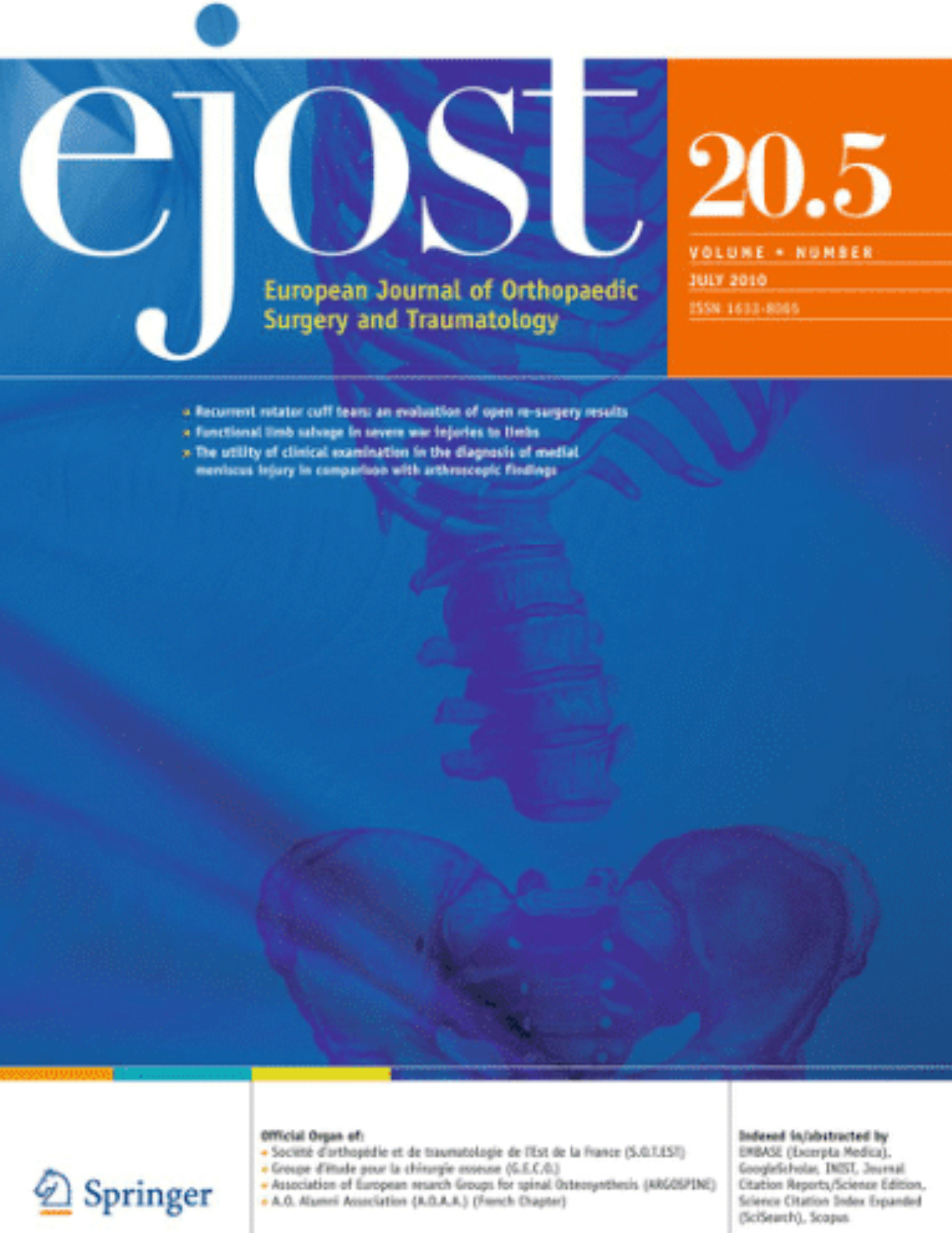
Position of screws in polyaxial vs. monoaxial locking plates for proximal humeral fracture

Position of screws in polyaxial vs. monoaxial locking plates for proximal humeral fracture
Position of polyaxial versus monoaxial screws in locked plating for proximal humeral fractures: analysis of a prospective randomized study
Eur J Orthop Surg Traumatol. 2014 Jul;24(5):747-52Did you know you're eligible to earn 0.5 CME credits for reading this report? Click Here
Synopsis
124 patients who suffered a proximal humeral fracture with displacement >1 cm and angulation of fragments > 45 degrees, were randomly assigned to treatment with either monoaxial or polyaxial screw-inserted locking plate fixation. The primary purpose of this study was to compare the chosen positioning of locking screws between the two treatment groups. Results demonstrated that there was no signifi...
To view the full content, login to your account,
or start your 30-day FREE Trial today.
FREE TRIAL
LOGIN
Forgot Password?
Explore some of our unlocked ACE Reports below!

Learn about our AI Driven
High Impact Search Feature
Our AI driven High Impact metric calculates the impact an article will have by considering both the publishing journal and the content of the article itself. Built using the latest advances in natural language processing, OE High Impact predicts an article’s future number of citations better than impact factor alone.
Continue



 LOGIN
LOGIN

Join the Conversation
Please Login or Join to leave comments.